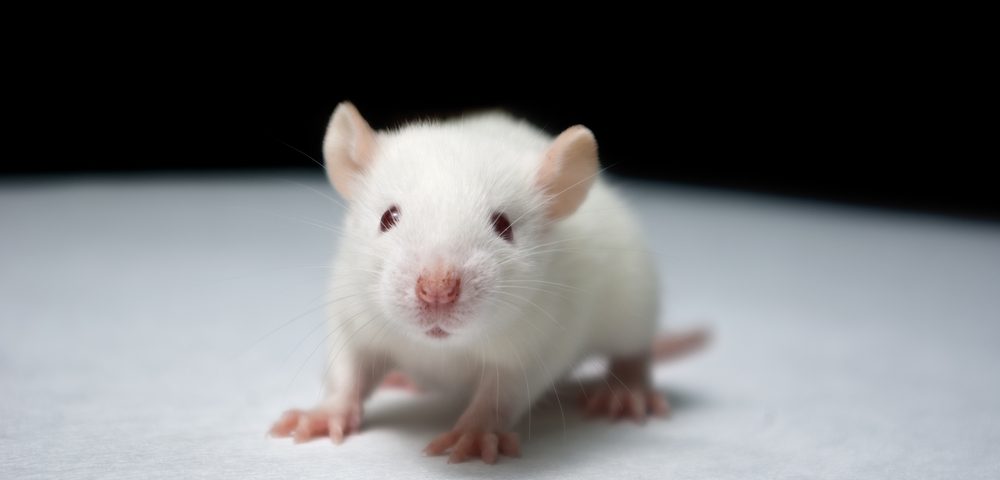Funded by a $380,000 grant from the National Cancer Institute, researchers at the University at Buffalo (UB) in New York and Moscow State University in Russia are collaborating to study a potential biomarker for metastatic prostate cancer, and determine how to best detect it.
While some prostate cancers grow slowly and pose little threat to patients, others are rapidly-growing and spread quickly, leading to significantly poorer outcomes. Knowing which type of cancer a person has during the early stages would help doctors decide which treatment is most appropriate. However, no such biomarkers exist.
“The big challenge in prostate cancer these days is to have a biomarker that will let the physician know whether to pursue watchful waiting because it’s not metastatic, or to recommend radical treatment in order to shrink the tumor because it is likely to become metastatic,” Wilma A. Hofmann, PhD, associate professor in the department of physiology and biophysics in the Jacobs School of Medicine and Biomedical Sciences at UB, said in a press release.
“The critical issue is to find a prostate cancer biomarker that is reliable and sensitive, especially with low percentages of metastatic cancer cells, indicating the cancer progression is at an early stage,” Hofmann added.
In a joint study published last year in PeerJ, researchers from the two teams found that metastatic prostate cancer cells have high levels of the myosin 1C isoform A protein, which is necessary for cells to spread to other tissues.
Interestingly, the protein was detected in blood and urine, highlighting its potential as a non-invasive biomarker.
Now, the researchers will use mice to study metastatic prostate cancer tumors — that have high myosin levels — and compare them with non-metastatic tumors lacking the myosin protein.
“The question is, is there a time after the formation of a primary (non-metastatic tumor) when the cells start changing and become metastatic?” Hofmann said.
The Russian scientists will work on the study’s first part, dissociating the tumors into single cells. They then will search for different proteins at the surface of the cells using color-tagged antibodies.
“They will stain the cells’ surfaces, using a number of labeled antibodies, and sort the cells according to color,” Hofmann said.
Hofmann and her team will then analyze the levels of myosin in the different cells. The researchers hope to identify the population of cells with metastatic potential, which also may lead to a better understanding of the mechanisms driving metastasis.
“We will analyze the sorted cells for our biomarker. This combination of approaches is expected to lead to a more sensitive prognosis for the tumor metastasis, and may also clarify the cellular-level mechanism that allows the marker protein to drive metastasis,” Hofmann said.
The American scientists are being funded by a $380,000 NCI grant as part of the U.S-Russia Bilateral Collaborative Research Partnership, a program that aims to foster partnerships at basic science, translational and clinical levels by coordinating the two countries’ research funding.

